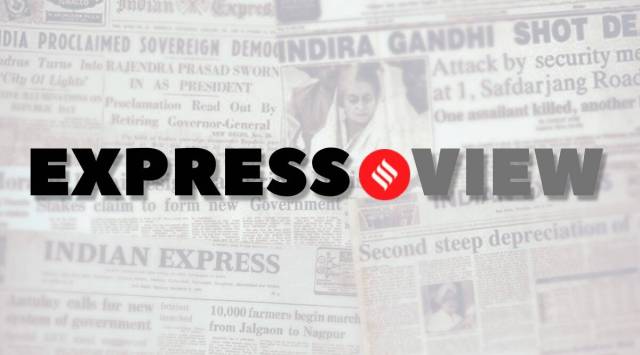
The issue of price rise and dwindling employment opportunities has deservedly moved into the House. On Monday, Opposition parties confronted the government in Parliament over the state of the economy, arguing that life for the aam aadmi had become difficult with “spiraling prices, lack of jobs and poor state of governance and policy”. In turn, Finance Minister Nirmala Sitharaman launched a strong defence, saying that the country’s “macroeconomic fundamentals are perfect,” and that India was in a better position than its neighbours. Sitharaman, who marshalled a range of data to make her point, asserted that there was “no question” of the economy stumbling into a recession or stagflation. Sitharaman is correct — it is unlikely that India will slip into a technical recession. But the Opposition is right too — the economy is going through a difficult period.
Take inflation, for instance. Recent data showed that retail inflation continues to remain elevated, coming in at 7.01 per cent in June. While this means that inflation has remained well above the central bank’s target, it is lower than levels observed in much of the developed world. In fact, some analysts now expect inflation in India to trend lower in the second half of the year — global commodity prices have softened, and the government has taken steps across sectors to ease price pressures. However, there are risks. For instance, if grain production, especially rice, falls, it will pose upside risks to inflation. The knock-on effects on the economy via lower rural demand are likely to be significant. Contrary to these concerns, as per the RBI’s assessment in June, the recovery in domestic activity was “gathering strength”. The central bank has projected the economy to grow at 7.2 per cent in 2022-23. This is in line with the IMF’s recent assessment which has pegged growth at 7.4 per cent. However, even going by the central bank’s own projections, growth is expected to slow down to just about 4 per cent in the second half of the year. Even so, the country could emerge as one of the fastest growing economies in the world during these tumultuous years.